Published 21st Oct. 2022
Reading time
France’s legendary landmarks need no introduction, and if you’ve visited Paris’ Eiffel Tower, Versailles’ eponymous palace or Normandy’s Mont Saint-Michel, you may feel as though you’ve seen the best of the nation’s iconic offerings. Yet, one of the joys of a country as accomplished as France is that its accolades appear to be never-ending, with treasures concealed behind every corner. Skip the queues outside the Louvre and opt for the art galleries of Metz, trade the teeming beaches of the French Riviera for the hidden coves of Cassis, or swap the well-trodden cobbled streets of Paris for the peaceful passageways of St Paul de Vence. Immerse yourself in the country’s seductive atmosphere and let us lead you off the beaten track with our list of hidden gems in France.
Steeped in both cultural and artistic history, St Paul de Vence is one of the oldest Medieval towns on the French Riviera, perched atop a hillside between Vence and Nice. Its calade-lined streets and dinky stone buildings resemble the backdrop of a fairy-tale and the town is something of a shrine to contemporary and modern art, with the famed Fondation Maeght representing the jewel in its creative crown. Containing one of the biggest 20th-century art collections in Europe, the museum features works by many renowned artists (including Georges Braque, Joan Miró and Alberto Giacometti), positioned both within its art deco buildings and throughout the sculpture garden. Adding to the town’s artistic credentials, Matisse, Léger, Picasso and Marc Chagall were all regulars at the quintessentially French hotel La Colombe d'Or.
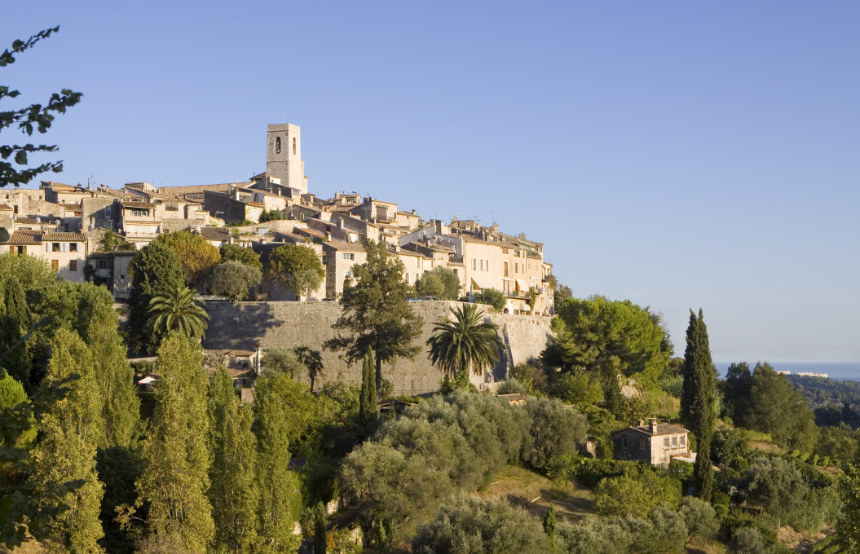
Metz – the elegant capital of France’s Lorraine region – is located near the borders of Luxembourg and Germany, with strong Germanic architectural influences seen in its Quartier Impérial. The innovative Centre Pompidou-Metz is a standout of the northeastern city and a satellite branch of Paris’ Centre Pompidou, which rivals the Fondation Maeght as Europe’s largest modern-art collection. Designed by Japanese architect Shigeru Ban, the museum showcases temporary exhibitions by avant-garde artists. Metz’s galaxy of Michelin-starred dining options, riverfront parks and pedestrianised Old Town are among its other charms, while the Gothic-style Cathédrale St-Étienne crowns the city’s skyline.
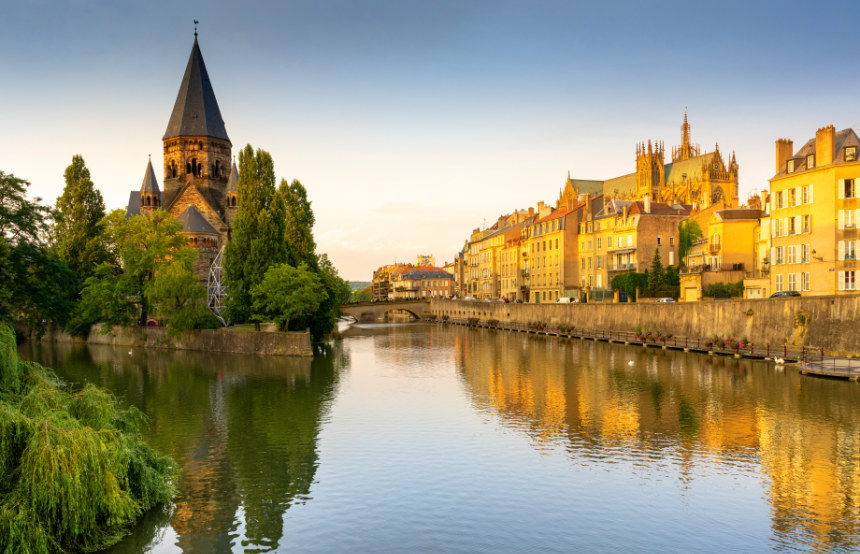
Not to be confused with crème de cassis (the blackcurrant liqueur which hails from the Burgundy region), Cassis is a charming fishing village situated to the east of Marseille. Its growing popularity, particularly among stylish Marseillais, means that the pastel-toned town can hardly be considered one of our hidden gems in France. However, the coastline along which Cassis is poised is punctuated with calanques (inlets framed by steep cliffs), many of which offer a peaceful refuge from the well-loved beaches of the Côte d'Azur. It’s worth braving the steep downhill trek to reach the clear turquoise waters and white-pebble clad bay of Calanque d’En-Vau, often heralded as Cassis’ most beautiful calanque.
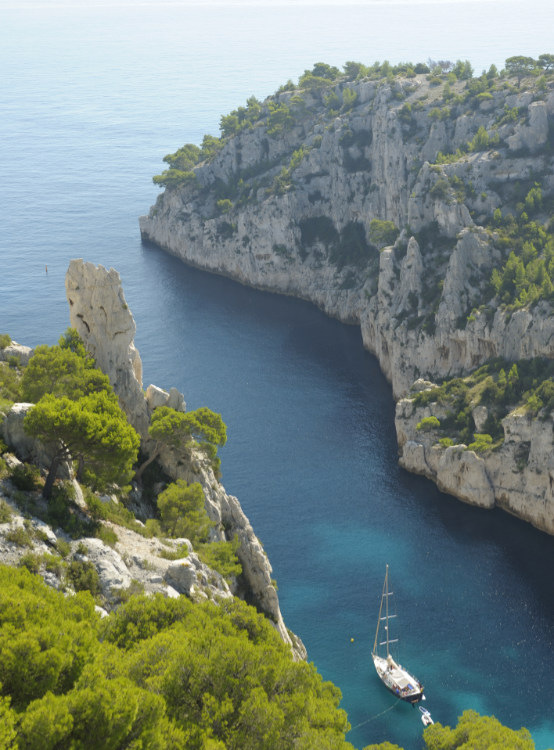
Balanced on a narrow peninsula of white limestone in southern Corsica, Bonifacio is an ancient citadel town complete with fortified walls, an enchanting historic centre and a sheltered harbour. Nominally French, yet culturally more complicated, the Mediterranean island has been shaped by myriad influences. The subsequent Franco-Italian blend is apparent within Corsica’s cuisine and language, particularly in Bonifacio, which sits only seven miles from the Italian island of Sardinia. Bonifacio is blessed with a number of unspoilt beaches (Roccapina, Cala Longa and Palombaggia), and cutting down its southern cliff-face, you’ll find the Escalier du Roi d’Aragon (The Staircase of King Aragon Alfanso V), a panoramic descent of 187 steps leading from the citadel to the sea.
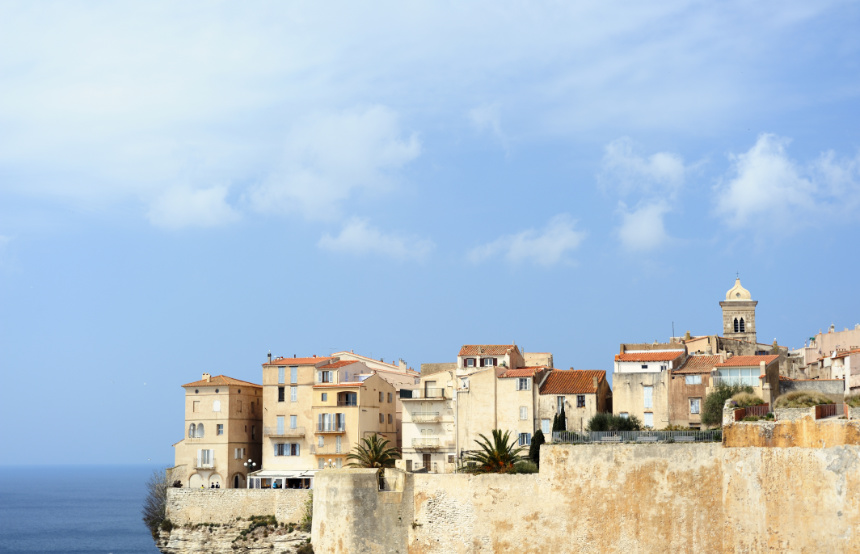
Inscribed by UNESCO as an intangible cultural treasure, France’s gastronomic customs are a defining feature of the country. The picturesque fishing village of Cancale is the place to appreciate some of the most authentic French fare, having officially been designated a Site Remarquable du Gout (Remarkable Site of Taste) in 1994 for its oysters (producing 5,000 tonnes a year). Long considered the Oyster Capital of Brittany (and arguably France), the town also boasts plenty of other attractions, such as outstanding seafood restaurants, views of Mont Saint-Michel and some of the Emerald Coast’s loveliest beaches.
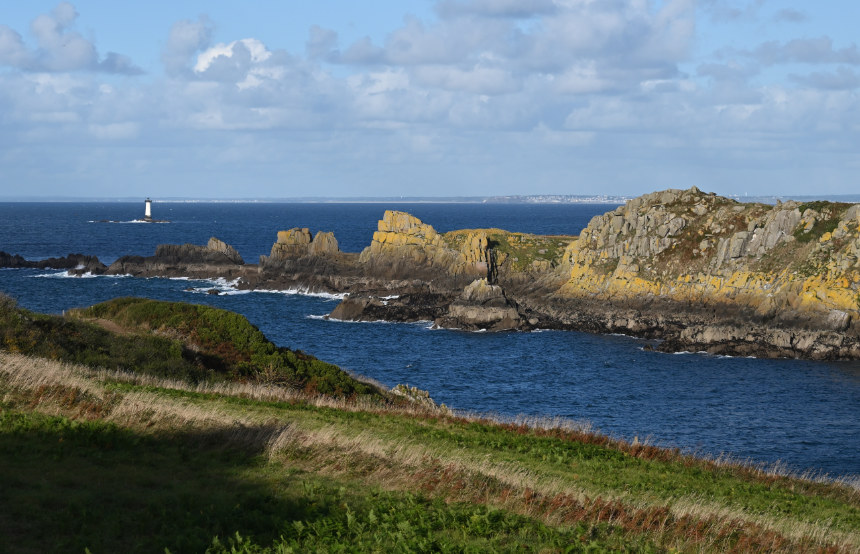
Our final hidden gem in France will particularly appeal to history buffs. The Vercors is best known as the final redoubt for French resistance fighters during the Battle of Vercors in the Second World War when the Maquis (resistance) were finally forcibly removed from the huge, steep-sided, natural fortress of the Massif de Vercors from which they'd been harassing the invading Germans. Nowadays the mountainous region offers an abundance of adventure activities, including walking and caving in summer, and Nordic skiing and alpinism in winter. The dramatic scenery can be explored both on foot or by car, with the wide valleys and lush farmland fast transforming into vast plateaus and vertiginous pathways. The drive through the Gorges de la Bourne is truly spectacular, as there are the numerous walking trails on the high plateau. In fact, famous British writer on walking Nicholas Crane described the Vercors as his favourite walking region in Europe. Praise indeed.
Written by Luisa Watts
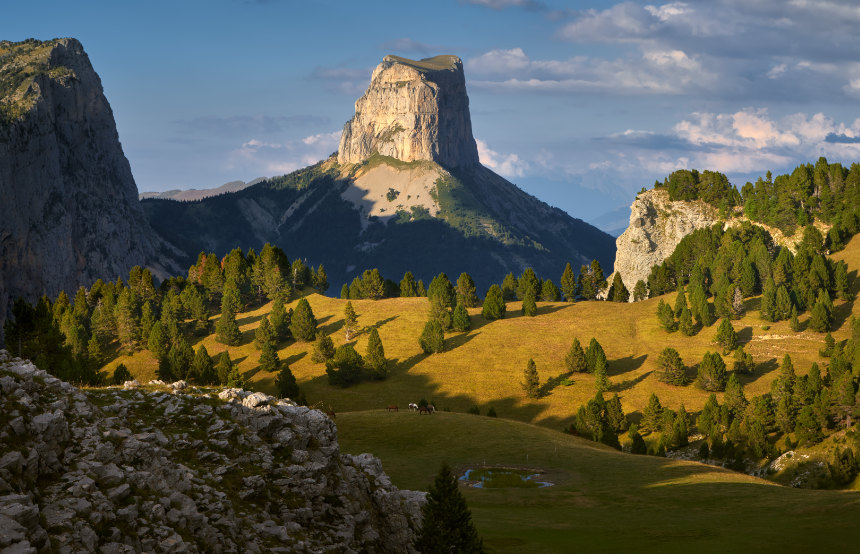
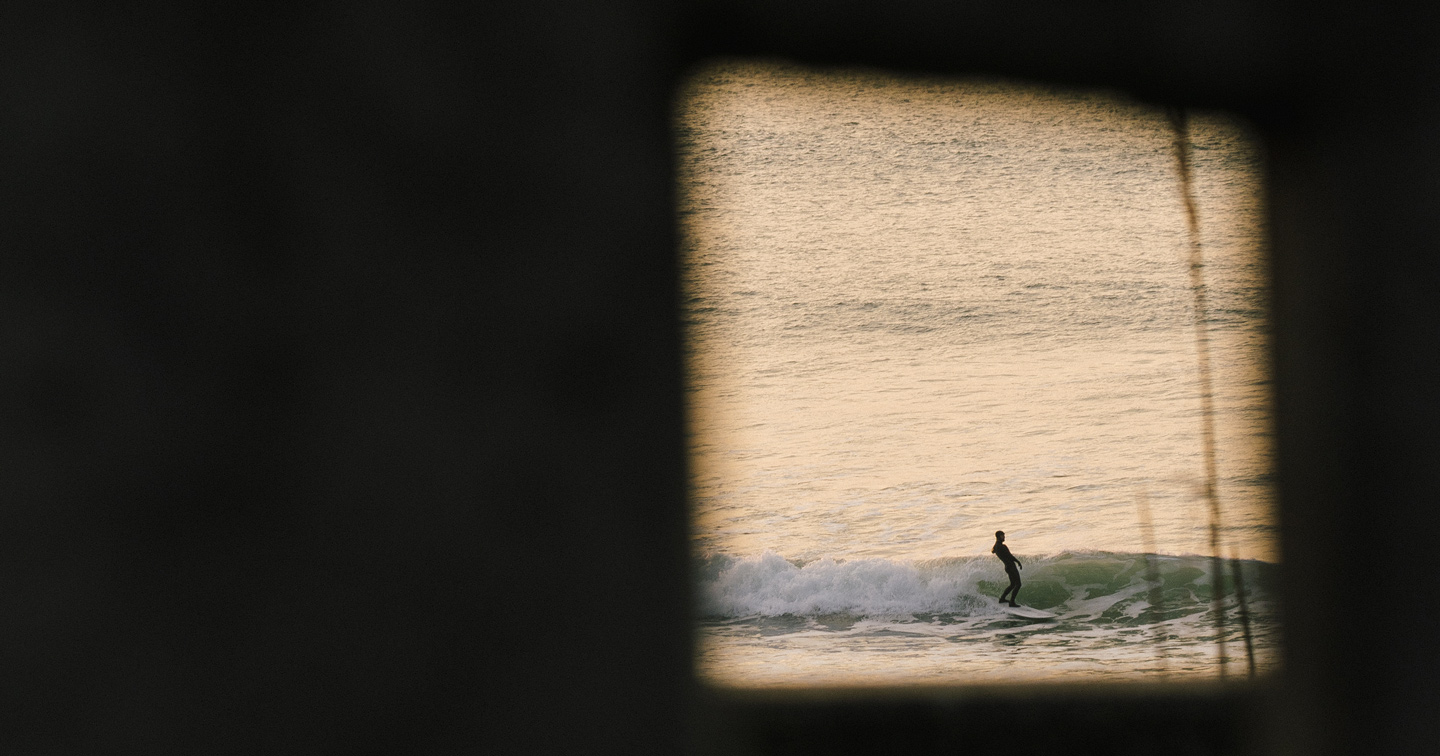
Given our parent company, Voyageurs du Monde, are based in Paris, our French travel tips are second to none, and are constantly being updated with local knowledge. Supplemented by this first-hand expertise, our well-travelled team can tailor itineraries to your preferences... think the likes of wine-tasting tours organised by our Conde Nast Wine Regions Specialist, cheese-making in the mountains or tours of Paris in a vintage car. Equipped with nothing but school-level French? Fear not; our trusty Concierges and guides are on hand in places like Corsica, where English speakers are scarce.
ENQUIRE NOWPractical advice and inspiration for your next trip
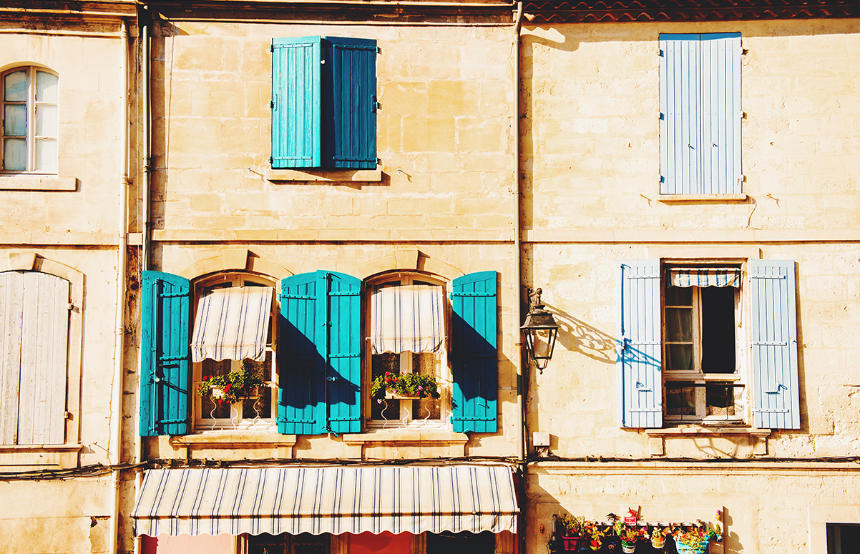
On a recent research trip to Provence, our Europe expert, Sophie, sampled a slice of the laid-back French way of life. Slow, winding drives past lavender fields and olive groves led her to pretty villages with bustling markets, art exhibitions, traditional cuisine and more. Whether you’re looking to plan your own trip to Provence or simply want the inside scoop on Sophie’s, read on to discover her best bits and top tips… Where did you visit?
11th November 2025 - France Travel Tips
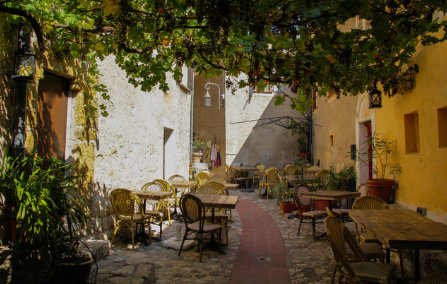
From quaint labyrinthine streets and ancient mountainside buildings to flower-filled gardens and picturesque ports, certain villages in the south of France look like they’ve been plucked from a fairytale. Whether tucked along the pretty pine-fringed coast or perched precariously atop a rocky outcrop, there’s even a committee that elects the most charming villages every year. Planning a French getaway?
2nd February 2025 - France Travel Inspiration
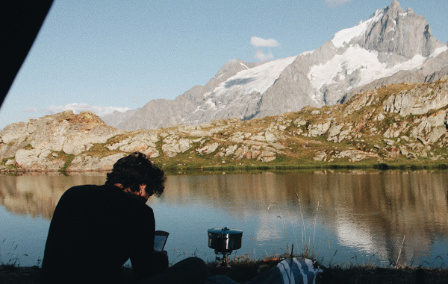
After seasoned skiers have retired their boots for the year and après paused for the warmer months, summer graces the French Alps with a soul-warming hug. Snow-capped peaks turn into lush green meadows, bringing ample opportunity for outdoor fun in the sun. Whether hiking well-trodden paths, relaxing by crystal-clear lakes or sampling seasonal food, one thing’s certain – summer in the French Alps is all about killer mountain scenery.
11th June 2024 - France Travel Inspiration

Our team of destination experts will get to know you and your unique requirements for your holiday

We work with you to build an ultra-personalised holiday itinerary with your choice of accommodation, experiences and activities

All of our holidays include little extras designed to make a big difference to your trip, from fast-tracking you through airport check-in and security to our network of local Concierges